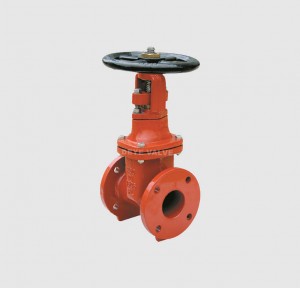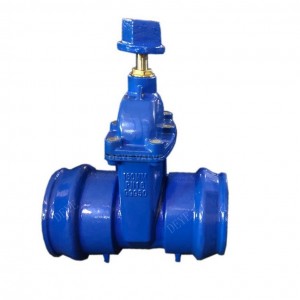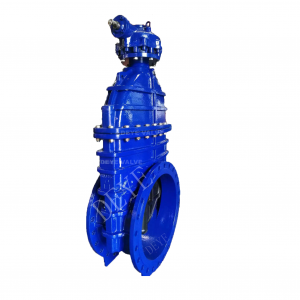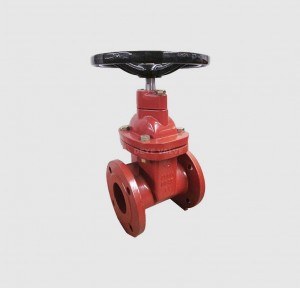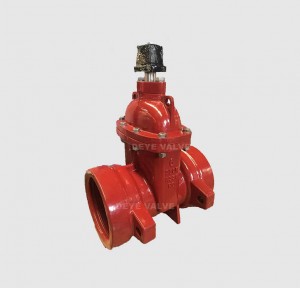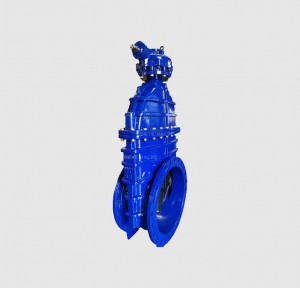Cast iron ANSI heavy RS Gate Valve GV-H-AF03
Quick Detail:Heavy ANSI 250PSI flanged gate valve with OS&Y
Design standard: AWWA C509 Rising Stem
Body material: ductile iron A536
Wedge: Ductile iron + EPDM
Nominal diameter: 3″,
Pressure: 250PSI 250WOG
End connection: FLXFL flanged ends
Face to face: AWWA ANSI B16.10
Working temperature: -30℃~+120℃.
Test and inspection: API 598.
Gland Gate valve
Red color epoxy powder coated Min. 250 Microns.
Optional Connection: Class 125/150 flange/300LBS
MJXMJ / Flange x MJ / SOCKET Ends X flange
Optional Material: Ductile iron/Cast iron body and bonnet
Optional Seat: Bronze, brass, stainless steel, EPDM
Design: non-rising stem/ Rising Stem
Surface treatment: Fusion bonded epoxy coating red, black, blue
Standard Meets AWWA C515/ AWWAC509/ ANSI B16.34
Size Range; 2″-24″
Pressure Range: 150PSI, 225PSI, 250PSI
AWWA Gate Valves are specifically designed for heavy pressure service. Neck, flanges, and bell are made extra heavy to withstand pipe strain and possible shifting. Body, cover, gates, and stem are built for extra strength, with clean and simple internal construction, to assure long service and low maintenance.
Turning the stem releases the wedging pressure on the gates allowing them to move away from their seats before starting upward travel. Further turning of the stem raises the gates into the fully opened position. When closing the valve, the gates move freely downward without friction, to a position opposite their seats. As the gates approach the bottom of the valve, the iron hooks come into contact with stops which prevent further downward movement of the hooks. The bronze wedges riding on these hooks spread the gates apart and force them against their seats.
Tap water, sewage, buildings, and energy systems for water treatment


